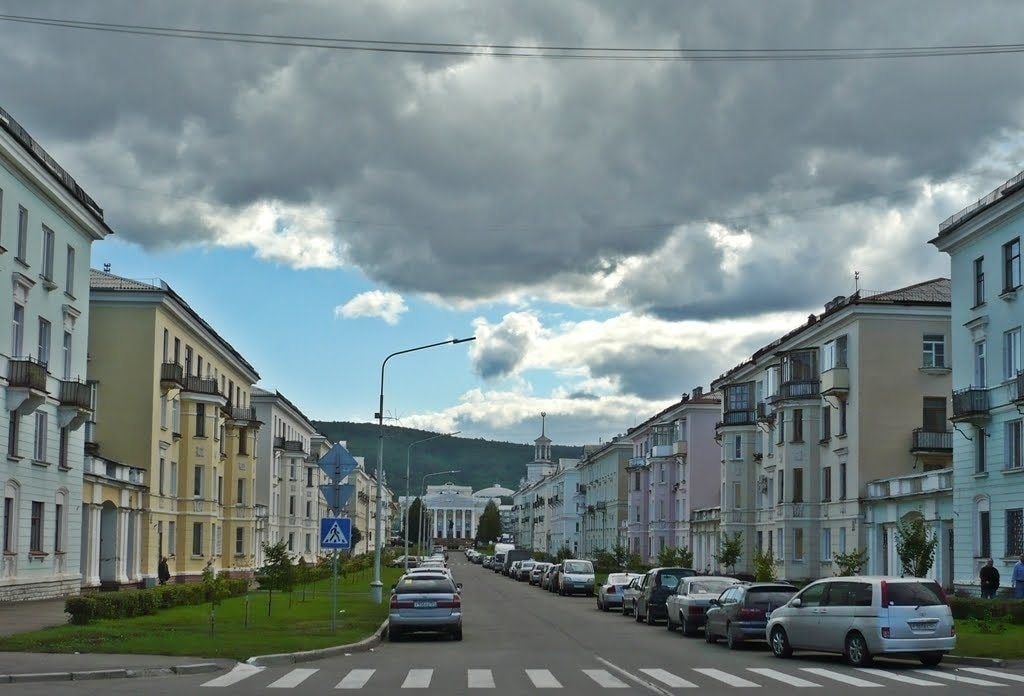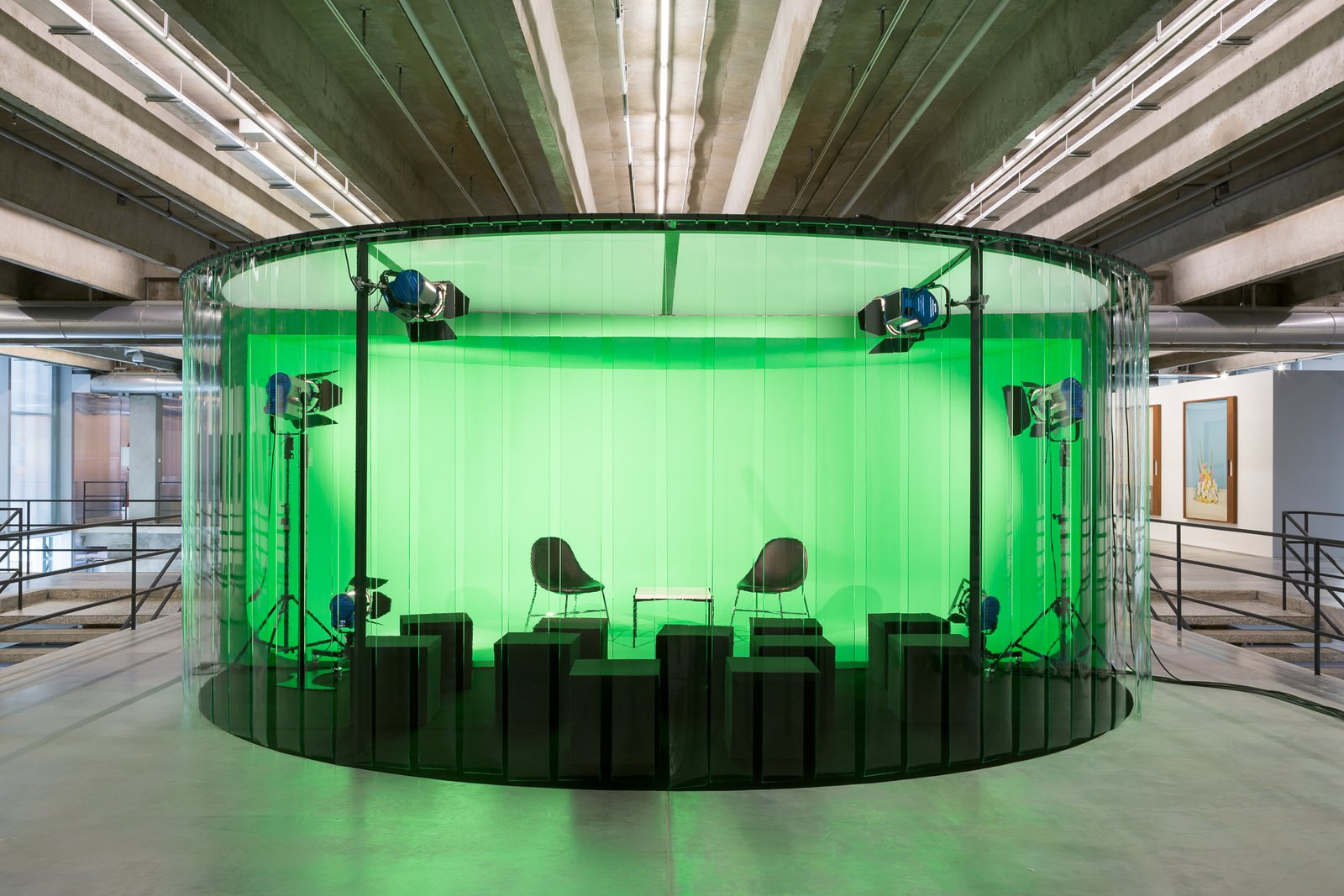As with any secret project, the study of nuclear power calls for spaces that are alienated from the world. In this session, the critic Sergei Kulikov will describe an original study of Soviet generic projects of closed cities.
The first "closed" cities appeared in the USSR between 1946 and 1953, after work began on the atomic bomb project under the direction of secret police chief Lavrenty Beria. They were essentially "invisible" cities, with reference numbers instead of names and with a nonexistent population which was statistically ascribed to district centers. Access to the cities was controlled by the secret services, while their locations were kept secret. Many atomic cities were built from scratch; due to the special status of the atomic bomb project, architects had the opportunity to fully realize the idea of the Stalinist socialist city. The cities were well supplied, and their inhabitants got 20% salary bonuses for living there. One can say that they were utopias in the literal sense of the word (from the Ancient Greek ou, or “not,” and topos, or “place”): socialist societies built behind barbed-wire fences in places that did not officially exist. Closed cities are officially known as "closed administrative-territorial formations." In 1992, the list of these cities was declassified. There are about 40 of them in the Russian Federation today: ten are managed by ROSATOM, while the others are managed by the Ministry of Defense and ROSCOSMOS.

